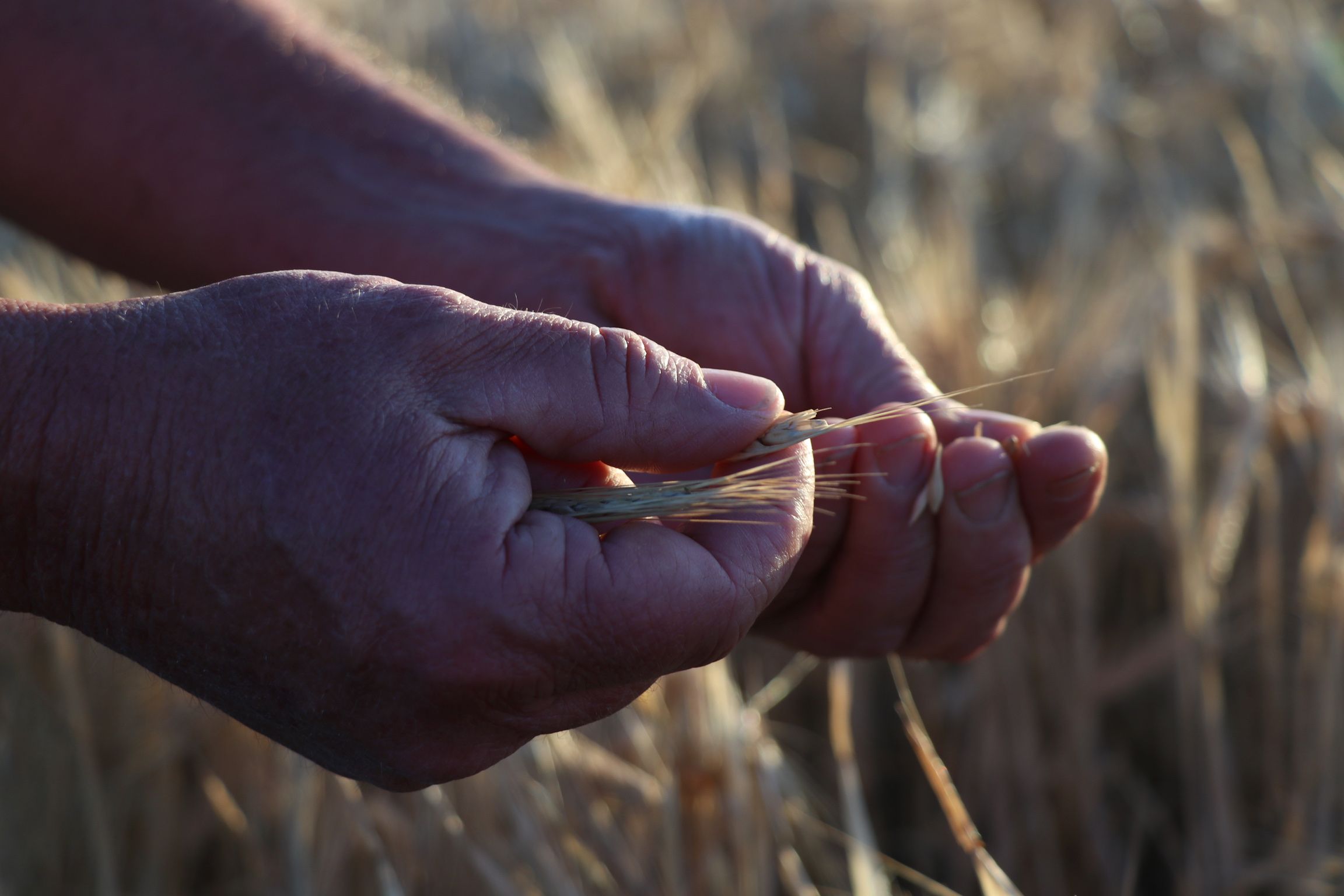GrainGrowers’ Climate Change Policy seeks to enhance the global competitiveness of Australian grain, recognising the co-benefits of climate change mitigation and adaptation, such as improved on-farm resilience and productivity, and aims to contribute to broader climate change efforts to future-proof growers and the grain sector against the impacts of a changing climate.
GRAINGROWERS SUPPORTS:
- Agricultural decarbonisation being achieved in collaboration with the sector, not imposed on the sector.
- The principle that action on climate change is necessary to ensure food security, but such action must not come at the expense of food production.
- Policies that ensure growers are not required to offset the emissions of other sectors.
- National-level targets for net zero emissions by 2050, as long as no specific emissions reduction targets are imposed on the agricultural sector.
- The Grain Sustainability Framework and its role in strengthening industry’s sustainability and ensuring the industry continues to meet the changing expectations and needs of Australia’s customers.
GRAINGROWERS RECOGNISES:
- The risks of climate change and climate variability to the grain sector are significant and impact every farm business.
- Agriculture has limited ability to rapidly transform compared to other sectors due to the biological nature of farming, long investment cycles, the lack of new low-emissions technology available at scale, and the sheer number of participants in Australian agriculture.
- The unique role that agriculture plays as both an emitter and a sequester of greenhouse gases, while also being a supplier of food and fibre to the world.
- As an export-oriented sector, meeting Australia’s climate goals can help position Australian grains to capitalise on evolving global market dynamics.
- Regulation should not unfairly impose on growers the cost of achieving national emission reductions objectives.
- Growers must be compensated where further regulation is imposed to achieve national emission reductions objectives.
- There are cross-sectoral opportunities for grains to contribute to the decarbonisation of other hard-to-abate sectors through the production of low-carbon liquid fuels and other nature-based solutions.
- Embedded emissions in agricultural inputs and production processes are significant, and that low/no emissions manufacturing technology and alternative inputs are needed as a priority and at a lower cost.
- The contribution growers have already made to mitigate and adapt to a changing climate, which generates co-benefits off farm.
GRAINGROWERS SEEKS:
- National carbon abatement strategies that prioritise direct emissions reduction before relying on land-based carbon offsets.
- Policies that ensure Australian growers remain global leaders in low-emissions grain production.
- Policies that help Australian growers adapt to the impacts of climate change, such as improved access to climate-smart agricultural technologies, crop breeding research and development, and risk management tools to ensure the long-term viability of grain farming.
- Updates to the national accounting methodologies to more accurately and fairly attribute the emissions reductions and sequestration outcomes of the Land Use, Land Use Change and Forestry outcomes to agriculture.
- The definition of “primary producer” be broadened to unlock critical opportunities for growers to participate in emerging environmental markets and access a wider suite of productivity-enhancing initiatives.
- Investment in research on how incentives to reduce emissions on private agricultural land can be improved, including analysing tax arrangements and other financial mechanisms, to refine existing programs and develop new incentives that will increase the uptake of emissions reduction practices by grain growers.
- Expanded financing options to incentivise growers to invest in sustainable land management practices and technologies.
- Incentives to encourage and expand local manufacturing capability of low-emissions inputs, including low-carbon liquid fuels and fertilisers, in regional Australia to support emissions reduction across the grain production value chain.
- Targeted funding for research and early-stage commercialisation of priority technologies that reduce emissions without affecting business performance.
- Investment in extension programs that:
- Assist growers in understanding available mitigation and adaptation technologies and practices, such as changing pest management requirements.
- Practically demonstrate the value proposition of these technologies and practices, including their impact on production, profitability, and emissions reduction.
- Provide guidance on market pathways for growers to capture value from implementing these solutions beyond the carbon market.
- Specific funding to enhance the capacity of agricultural advisors, extension officers, and other relevant service providers to ensure they can effectively support growers in adopting climate-smart practices.
